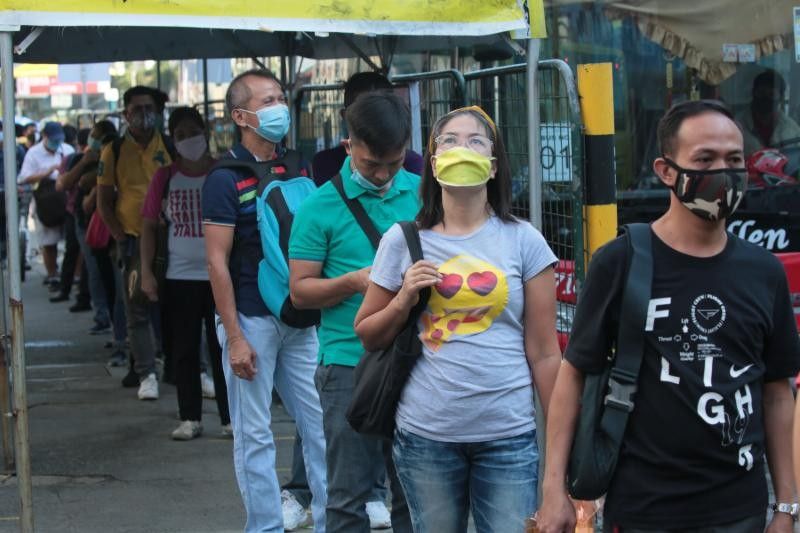Unemployment up in February as healing economy still struggles to create jobs

MANILA, Philippines — The number of unemployed Filipinos went up in February despite the continued easing of pandemic curbs, highlighting the economy's struggle to create enough stable jobs for the country’s growing workforce.
There were roughly 3.13 million people who were either jobless or out of business in February, higher than 2.92 million recorded in January, the Philippine Statistics Authority reported Thursday.
That translated to an unemployment rate of 6.4% in February, unchanged from the preceding month. Data showed it was the lowest reading since the 5.3% jobless rate recorded in January 2020, or before disruptive lockdowns were imposed to fight the virus.
At a virtual media briefing, National Statistician Claire Dennis Mapa explained that more Filipinos looked for jobs in February when the onslaught of Omicron variant ended, but they were not able to find one. A total of 48.61 million Filipinos were part of the labor force or those people aged 15 years and above actively looking for work, higher than 45.94 million posted in January.
But of the 2.67 million Filipinos that just joined the workforce in February, around 200,000 of them failed to find work. Meanwhile, there were 7,000 unemployed workers in February who were “waiting to be rehired” by their companies, Mapa said.
Biggest post-pandemic-challenge
That the economy is still not creating enough jobs for everyone despite looser mobility restrictions convinced Leonardo Lanzona, labor economist at Ateneo De Manila University, that restoring jobs destroyed by lockdowns would be “our biggest post-pandemic challenge.”
“I would like to think that economy is growing already. If unemployment is not changing, then much of the recovery may not be affecting workers,” Lanzona said.
“Can our recovery be labor saving?... (T)hen the current economic performance is not helping. As expected, we have not responded enough to the unemployment problem,” he added.
Sonny Africa, executive director of non-profit IBON Foundation, agreed with Lanzona, adding that workers are instead turning to irregular jobs that do not pay well just to make ends meet.
State statisticians reported that an estimated 6.38 million Filipinos were looking for additional jobs to augment their income, lower than 6.40 million in January. The agriculture and retail trade sectors — where available work is usually not stable — were the biggest employment generators in February after adding 1.44 million and 1.07 million jobs, respectively.
"The unemployment levelling off at around 6.4% is not encouraging because it tends to show that, despite reopening, the ability of the economy to create enough work has worsened from pre-pandemic rates of 5%," Africa said.
More reopening
In a statement, Socioeconomic Planning Secretary Karl Kendrick Chua said more reopening is needed to create adequate and stable jobs for Filipinos. “We aim to shift the entire country to alert level 1 to enable even more Filipinos to find work,” Chua said.
But Nicholas Mapa, senior economist at ING Bank in Manila, believes inflationary pressures emanating from geopolitical conflicts could otherwise hamper employment for Filipinos.
"With growth momentum holding, we can expect modest gains in the labor market in the near term although surging inflation and the advent of higher borrowing costs could mean that new job openings may not take off as quickly as we had hoped for during a reopening scenario," Mapa said in an emailed commentary.
- Latest
- Trending





























